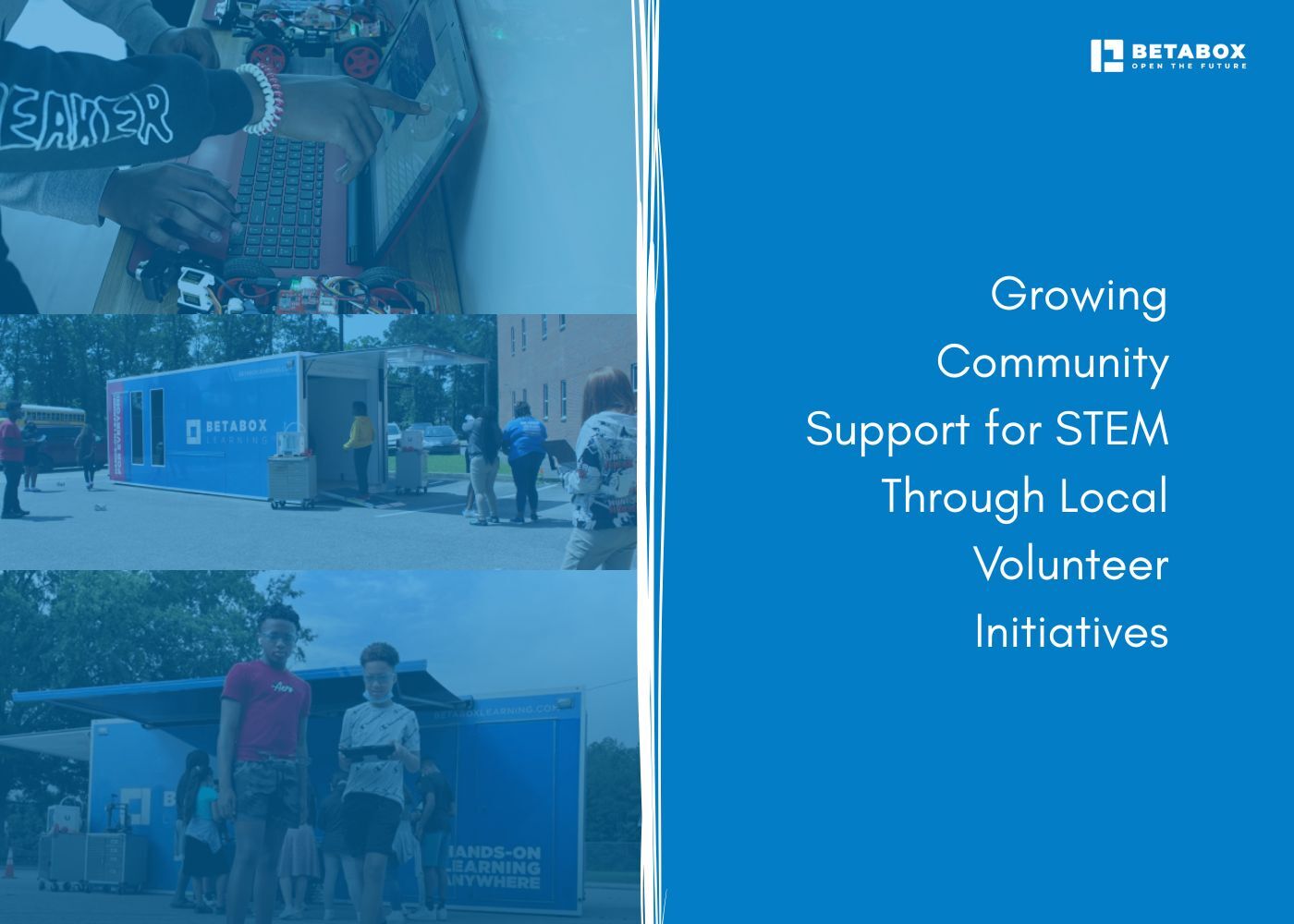
Students in underserved communities face a persistent technology education gap. Rural schools often lack makerspace equipment, coding curriculum, or professionals who can demonstrate real-world STEM careers.
Volunteers bridge this divide. Whether you're an engineer, educator, or simply curious about science, your time creates the "spark moments" that shift a student's entire trajectory. These experiences matter because careers in AI, robotics, and climate technology will define the next generation's economic landscape.
The challenge isn't enthusiasm. It's knowing where to start and how to sustain momentum beyond a single event.
Reach out to school principals, STEM coordinators, or librarians. Ask what gaps they're experiencing. Many schools need guest speakers for career days, volunteers to judge science fairs, or mentors for after-school robotics clubs.
Libraries often host STEM programming but lack instructors. A 90-minute "Intro to Circuits" workshop or "Build Your First Robot" session fills real demand.
Schools operate on tight calendars. Propose programs during designated enrichment windows, after-school slots, or summer sessions. Flexibility increases adoption.
If your schedule allows weekday availability, consider supporting onsite STEM field trips that bring hands-on technology directly to school parking lots, reducing transportation barriers for under-resourced districts.
Organizations like FIRST Robotics, Code.org, and local STEM coalitions already have school relationships, liability insurance, and vetted curriculum. Joining their volunteer pools accelerates your impact.
Ask about:
Some nonprofits offer plug-and-play STEM kits designed for volunteer-led sessions. These remove prep burden and ensure quality, especially if you're new to teaching.
Betabox works with impact partners to fund and coordinate volunteer-supported programs in Title I schools. If your employer has CSR initiatives, connecting them to these networks can unlock larger-scale opportunities.
Group workshops spark interest. Mentorship sustains it. Pair volunteers with students for recurring check-ins focused on projects, homework help, or career exploration. Effective mentorship programs include:
As highlighted by Betabox, effective monitoring ensures that educational philanthropy aligns with student outcomes and surfaces issues early enough to address them. By defining outcomes clearly, selecting practical measures, and using lightweight tools, programs can improve faster, funds can follow evidence, and communities can see where change is real.
Video calls eliminate geography constraints. A software engineer in Seattle can mentor a student in rural West Virginia. Platforms like Zoom or Google Meet make this seamless.
Focus mentorship on reflection and next steps. Tools like career pathbuilding resources help students connect hands-on experiences to future opportunities.
Partner with schools to organize public exhibitions where students present projects. Volunteers serve as judges, providing feedback that validates student work.
Recruit diverse judges. A mechanical engineer, a nurse, and a data analyst each bring unique perspectives that broaden students' view of STEM careers.
Host recurring sessions at libraries or community centers. Teach Scratch, Python basics, or Arduino projects using free online curricula.
Keep materials accessible. Chromebooks and internet access work for most coding projects. For hardware, seek equipment donations from local tech companies.
If your organization wants to scale workshops across multiple schools simultaneously, explore district-level program implementation that coordinates volunteer efforts with school calendars.
Not everyone can commit to on-site volunteering. Virtual options include:
Help educators discover vetted STEM lesson plans, simulations, and project ideas. Platforms like Classbox aggregate ready-to-use curriculum with supply lists, reducing teacher prep time.
Your expertise matters here. A biologist can flag the best virtual dissection tools. A cybersecurity professional can recommend age-appropriate coding challenges.
Simple metrics reveal what's working:
Qualitative stories matter too. A student who says, "I didn't know engineers designed video games until today" signals a career pathway opening.
Document your efforts through photos, testimonials, and data summaries. This builds credibility for future partnerships and attracts additional volunteers.
Schools appreciate measurable results when reporting to districts and funders. Tie your work to outcomes like increased STEM course enrollment or science fair participation.
You don't need a PhD to volunteer. Passion and reliability count more than credentials. Identify what you can offer:
Email a school principal or search "[your city] STEM volunteer opportunities" online. Local United Way chapters and STEM councils maintain volunteer databases.
If you represent a company interested in funding STEM initiatives at scale, book a partnership conversation to explore coordinated volunteer programs tied to measurable community impact.
Most organizations require background checks and orientation sessions. These protect students and equip you with teaching strategies, even if you've never led a classroom.
Solution: Rotate responsibilities among a core team. One person shouldn't organize events, teach, and recruit simultaneously. Delegate tasks and celebrate small wins.
Solution: Work directly with teachers who can encourage sign-ups during class. Offer incentives like certificates, snacks, or showcasing projects on social media.
Solution: Apply for mini-grants through local foundations, PTA groups, or corporate CSR programs. Many STEM companies donate outdated but functional equipment.
Betabox partners with organizations to fund hands-on resources for schools that lack budget, enabling volunteers to focus on delivery rather than fundraising.
Solution: Schedule programs as recurring series rather than one-offs. A monthly robotics club builds community better than a single workshop.
What are the best ways to volunteer for STEM programs in my community?
Contact school principals, local libraries, and STEM nonprofits like FIRST Robotics or Code.org. Offer specific skills (mentoring, event judging, workshop leading) and available time slots. Many districts also coordinate volunteers through their career and technical education (CTE) departments.
How can I find local STEM volunteer opportunities for students and adults?
Search "[your city] STEM volunteer" online, check United Way volunteer databases, or visit school district websites for community partnership pages. Professional associations (IEEE, ACM, NSTA) often list regional opportunities.
What impact do STEM volunteer initiatives have on youth engagement?
Volunteers provide career exposure students wouldn't otherwise access, especially in rural or under-resourced schools. Hands-on experiences led by professionals can shift students' perception of STEM from abstract to achievable, increasing interest in related coursework.
How do I start a volunteer-led STEM event or club?
Identify a partner venue (school, library, community center), define a clear focus (coding, robotics, science experiments), secure basic materials, and recruit 2-3 co-organizers. Start small with a pilot event, gather feedback, and iterate.
Which organizations support STEM volunteer efforts in underserved communities?
National groups include FIRST, Code.org, and Project Lead The Way. Regionally, STEM councils, community foundations, and Betabox partnership networks connect volunteers with schools needing hands-on enrichment. Check your state's Department of Education for additional grant-funded programs.


Ready to learn how Betabox resources can be implemented at your school or District?
Book a Blueprint Call

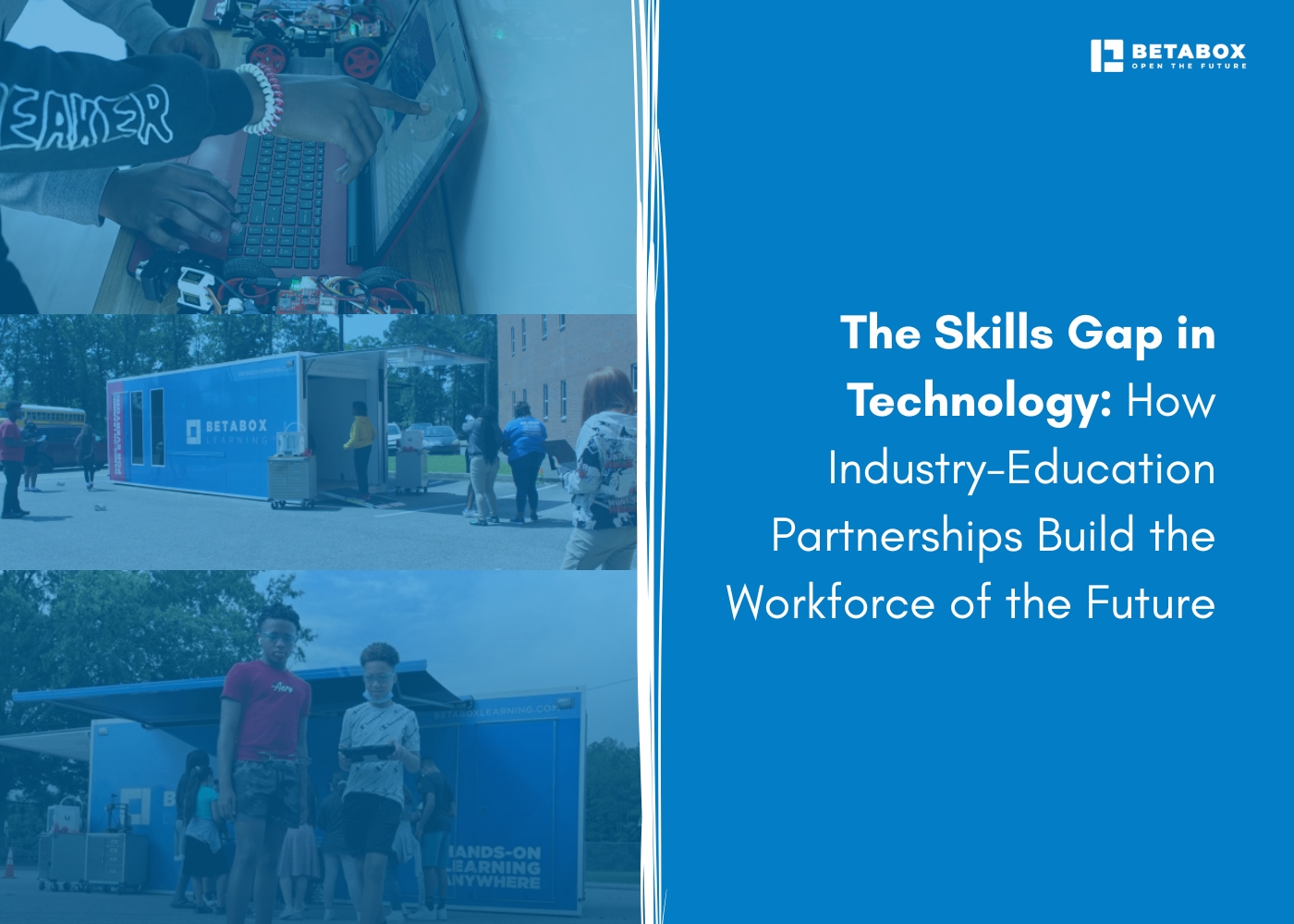

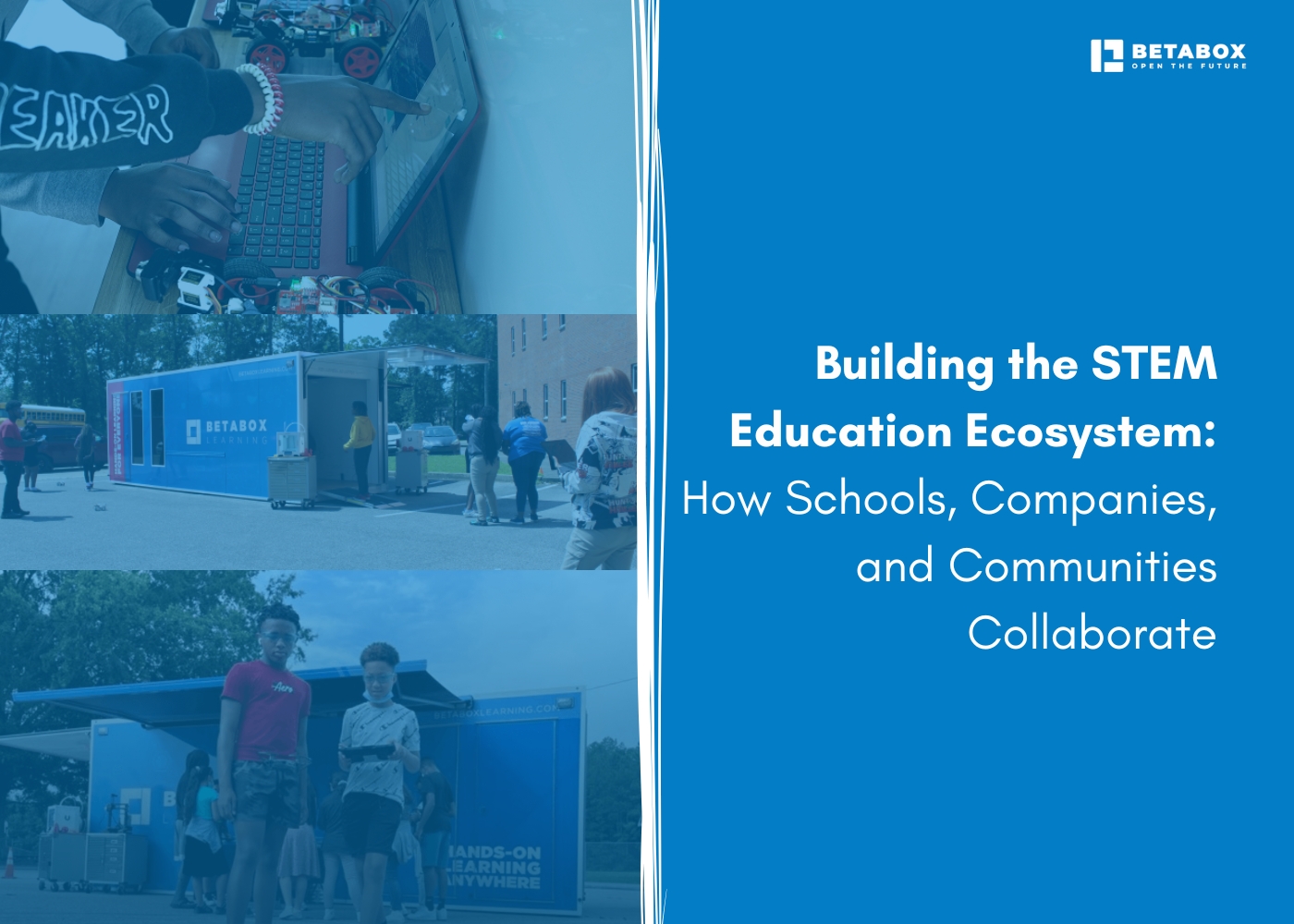

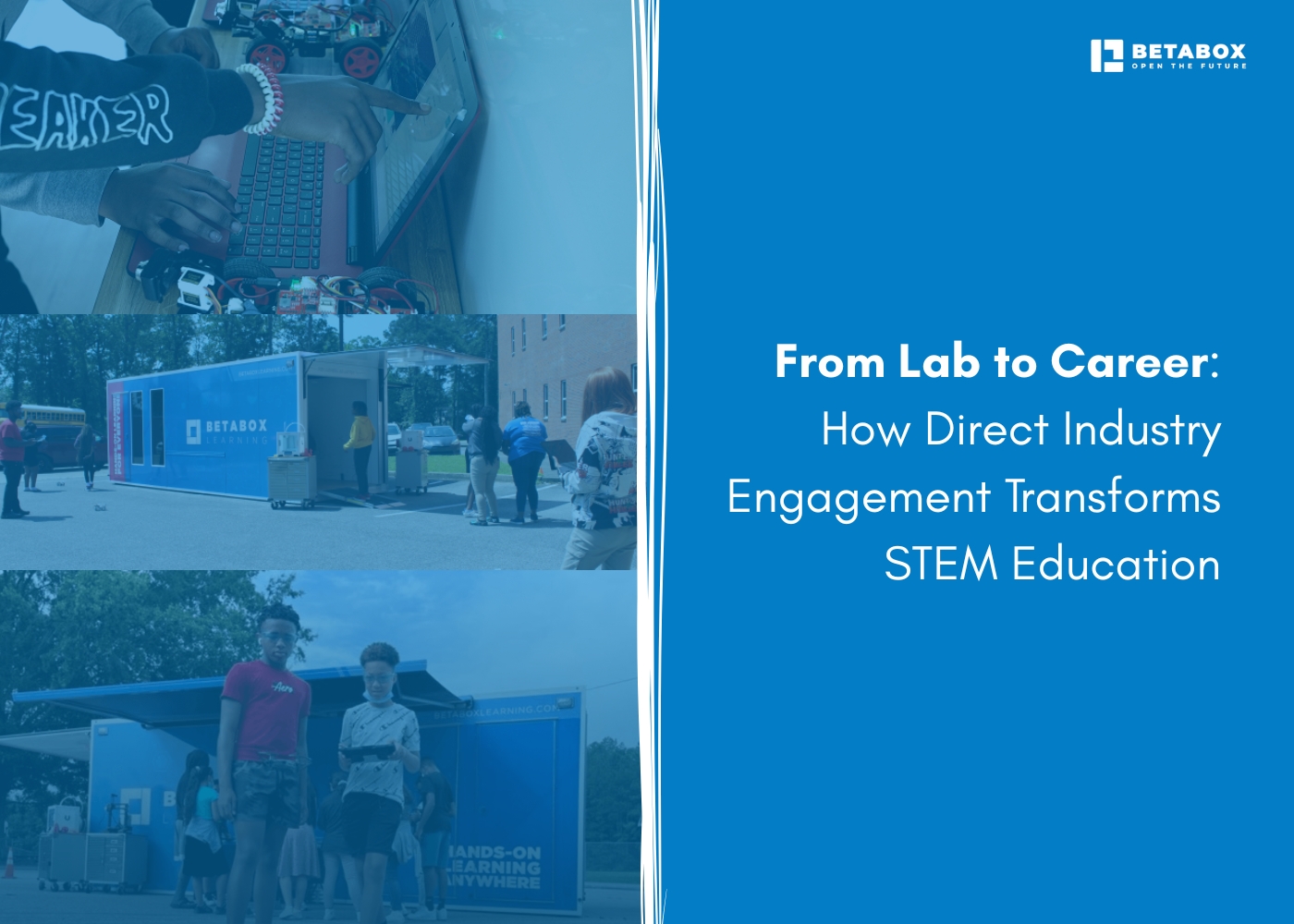

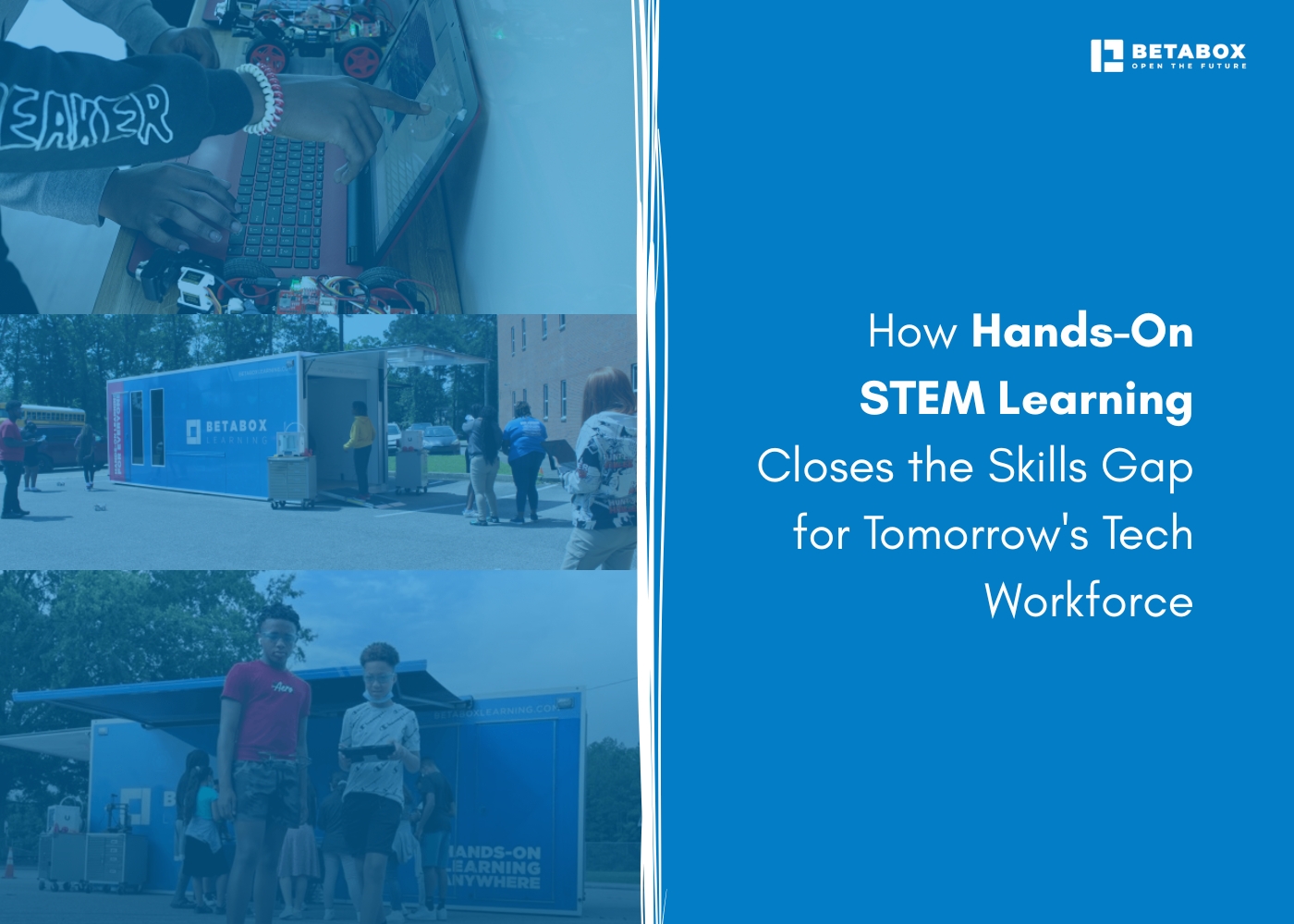

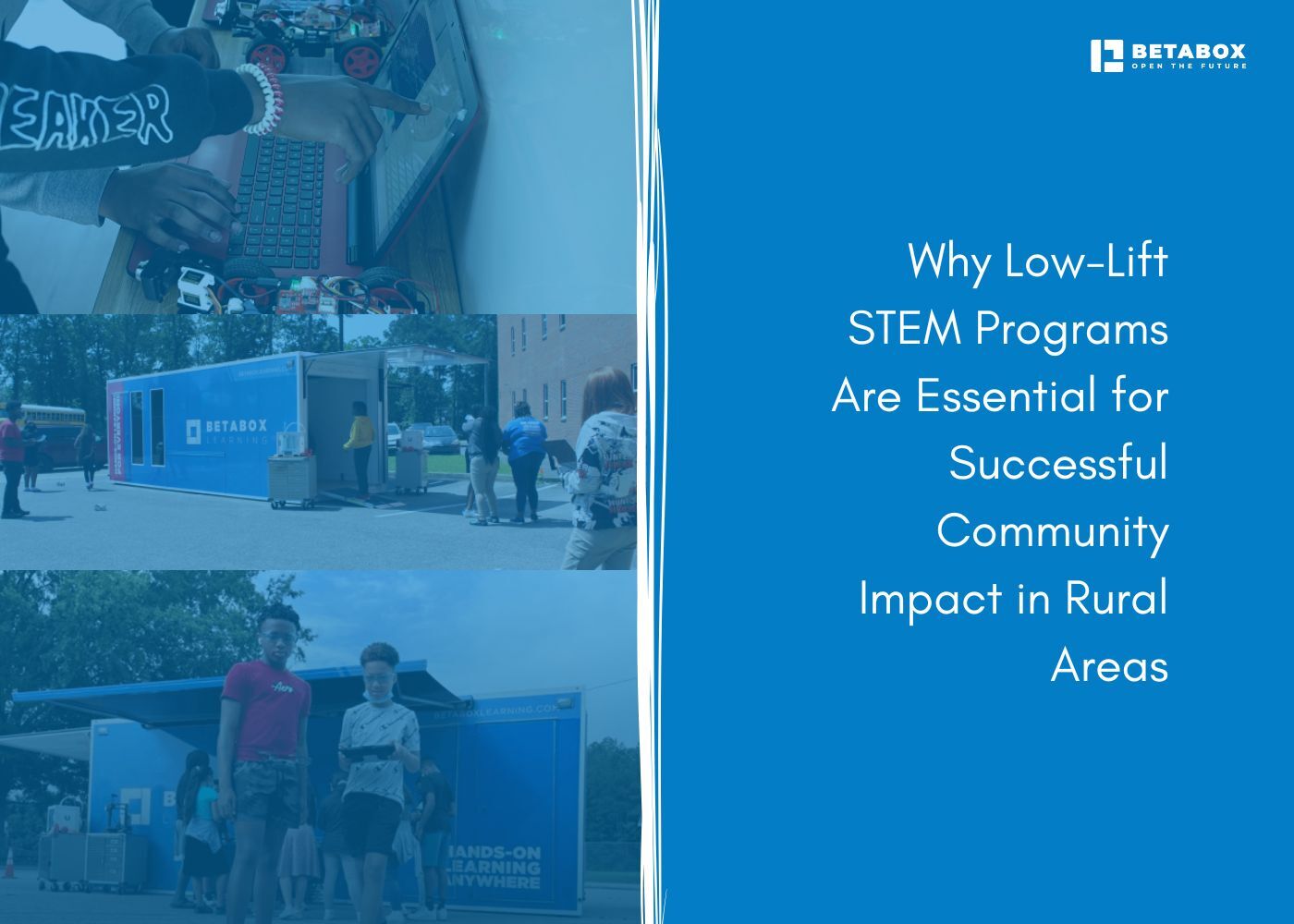

.jpg)

.jpg)

.jpg)

.jpg)





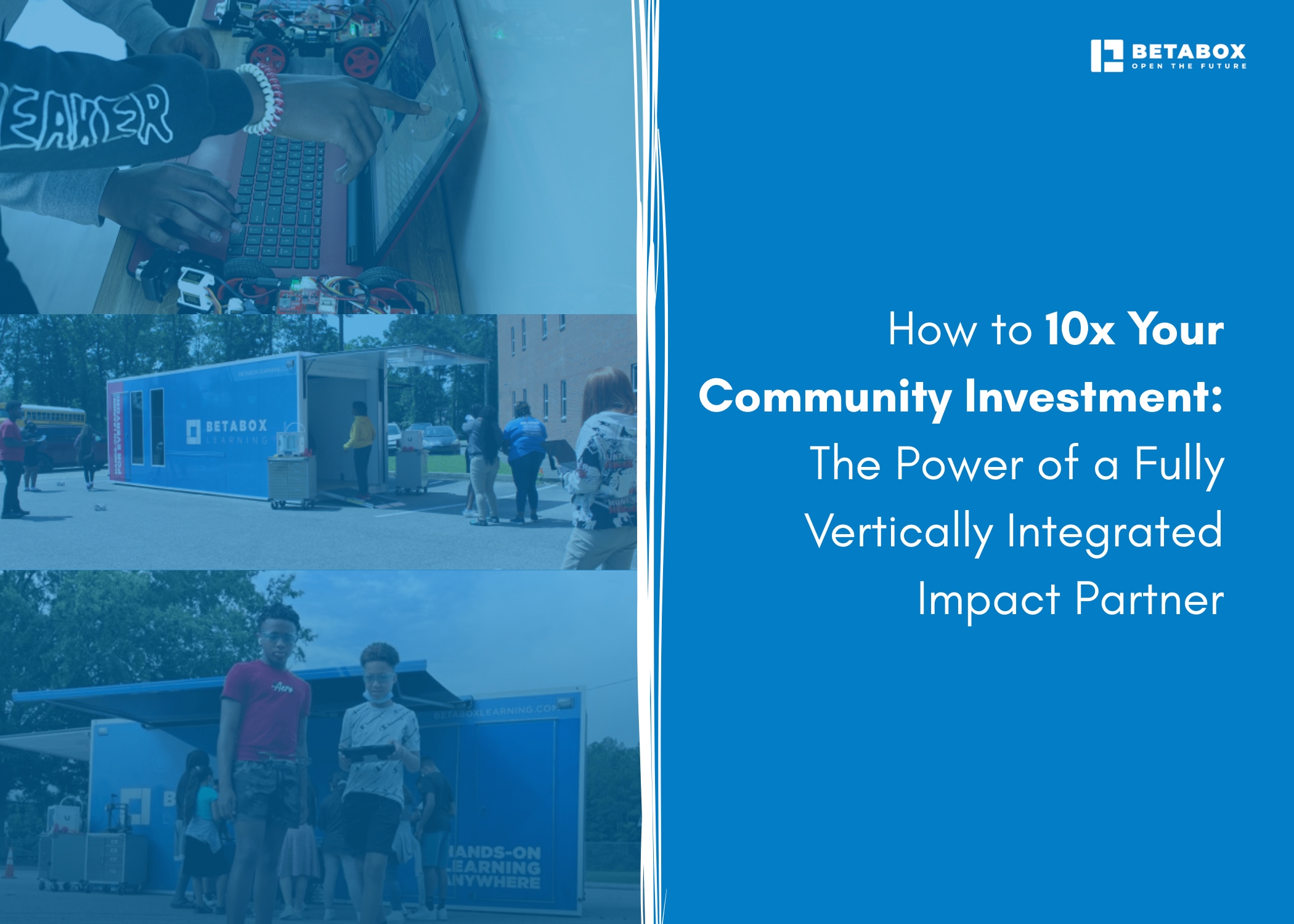

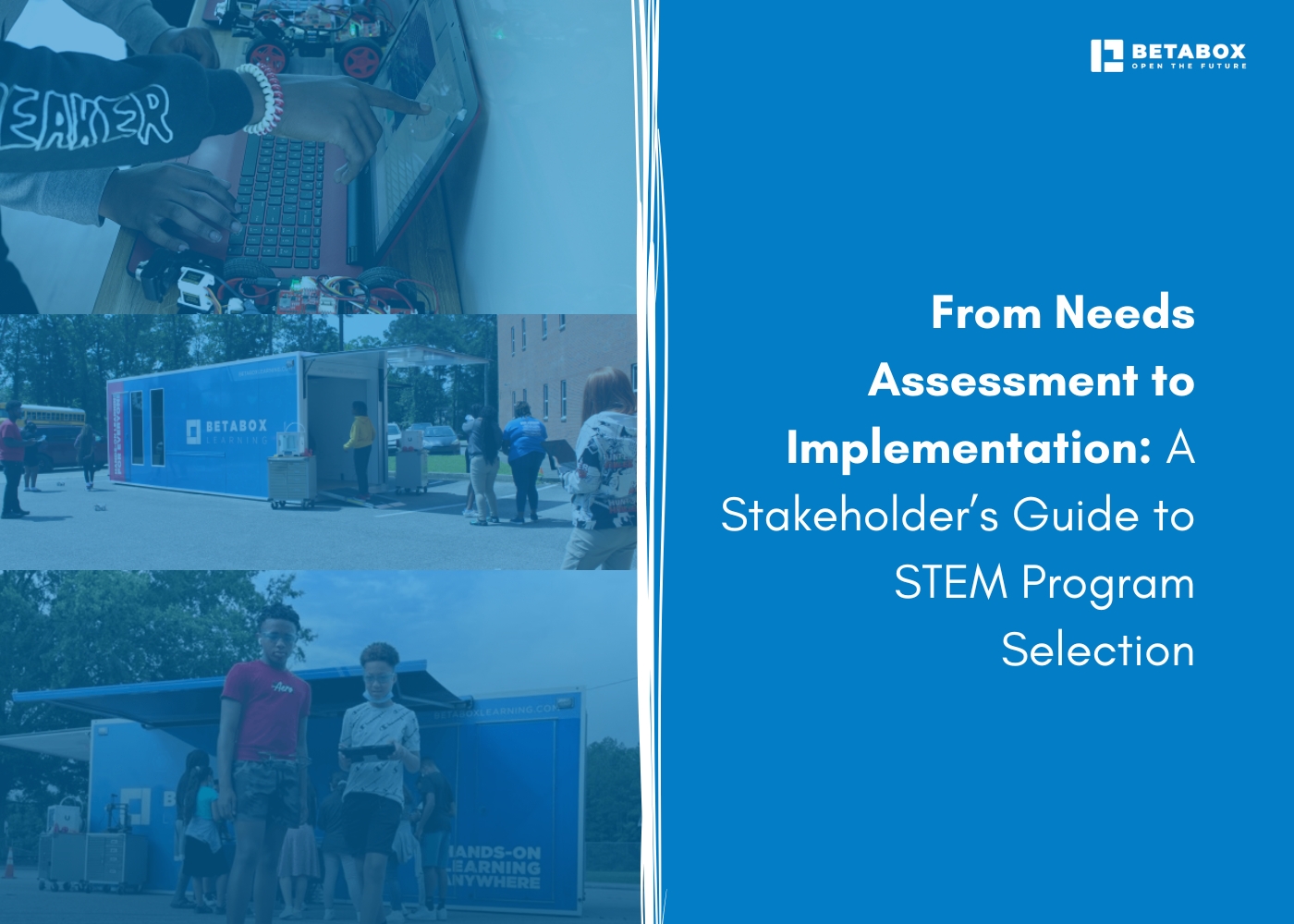

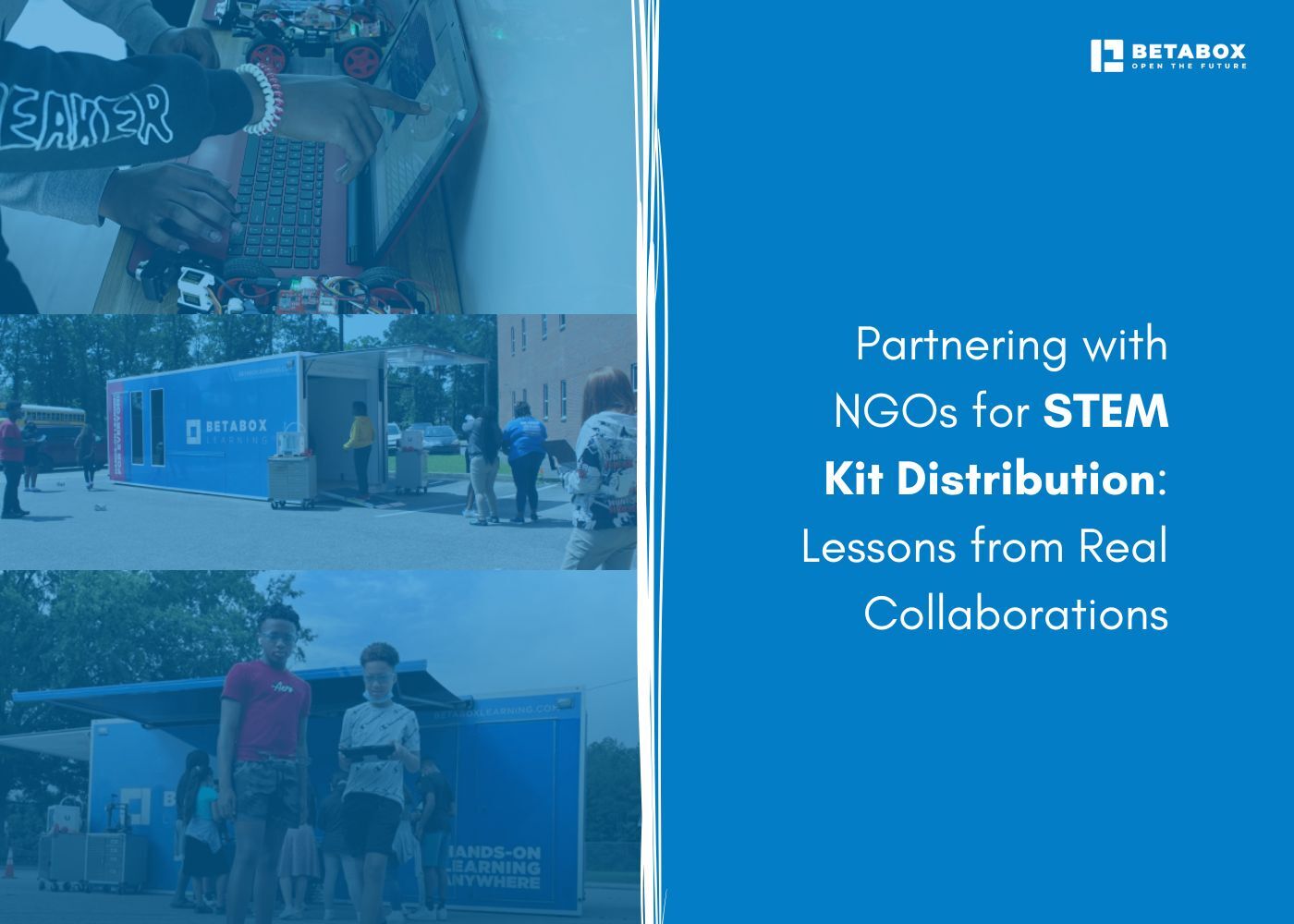

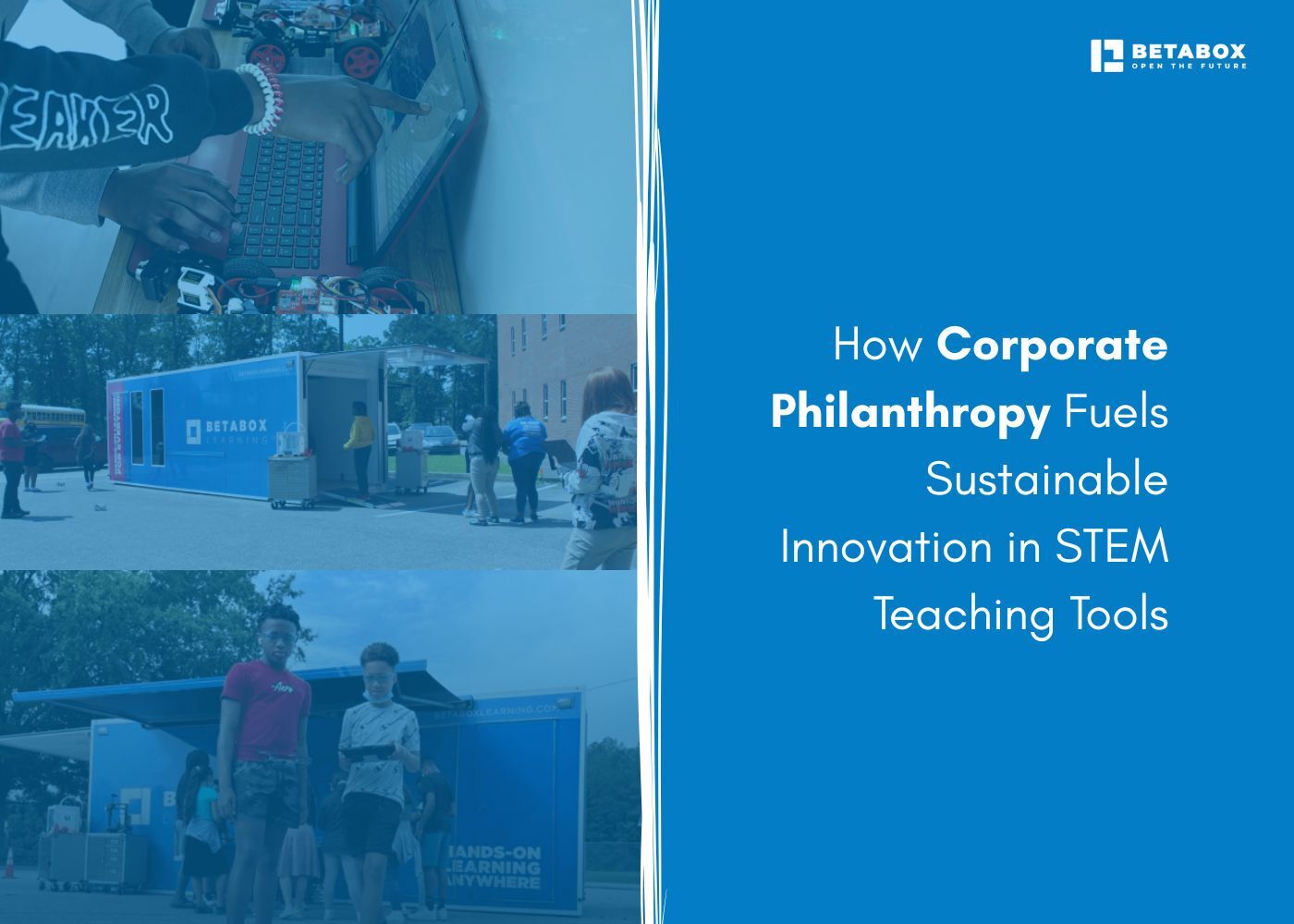

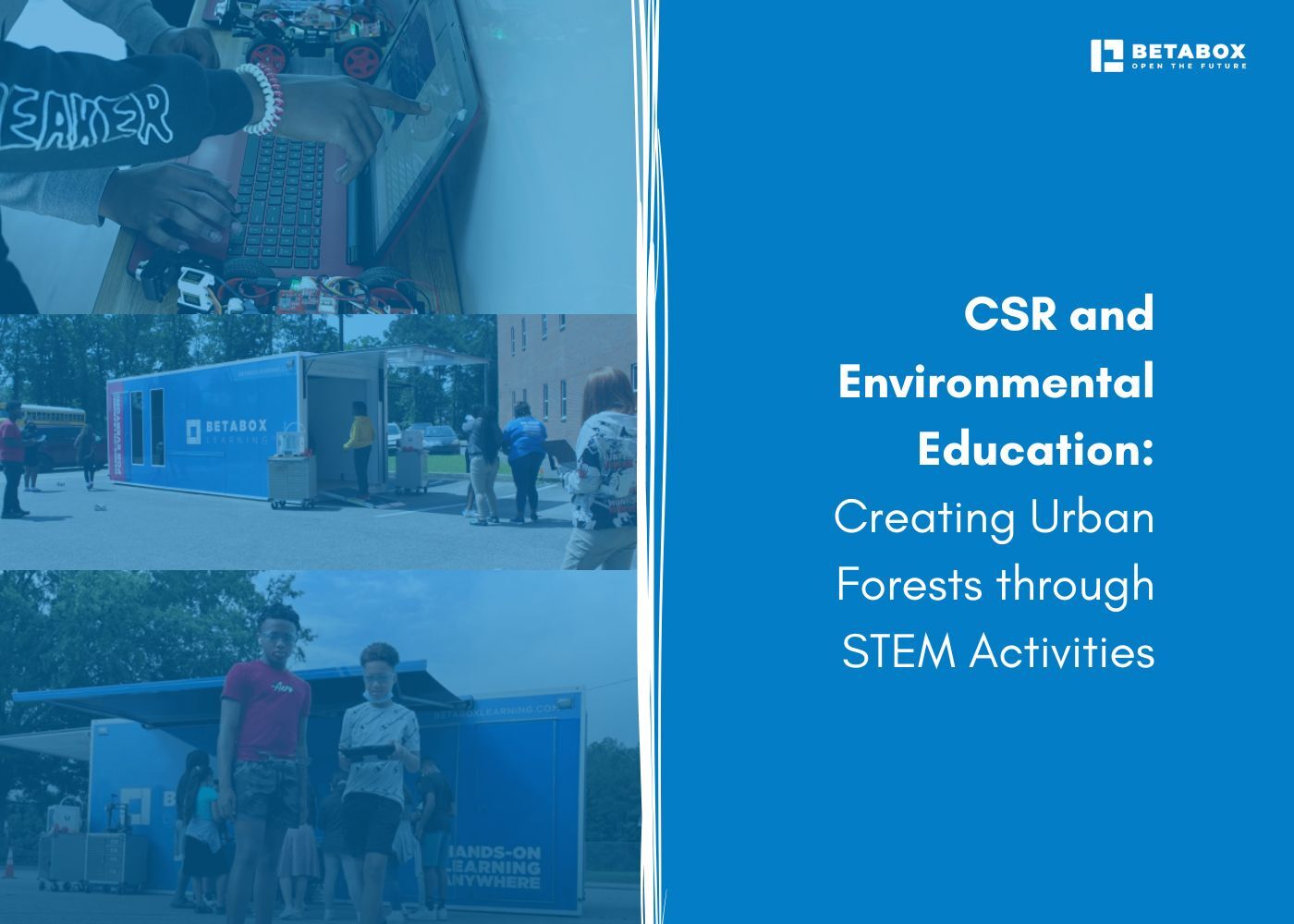

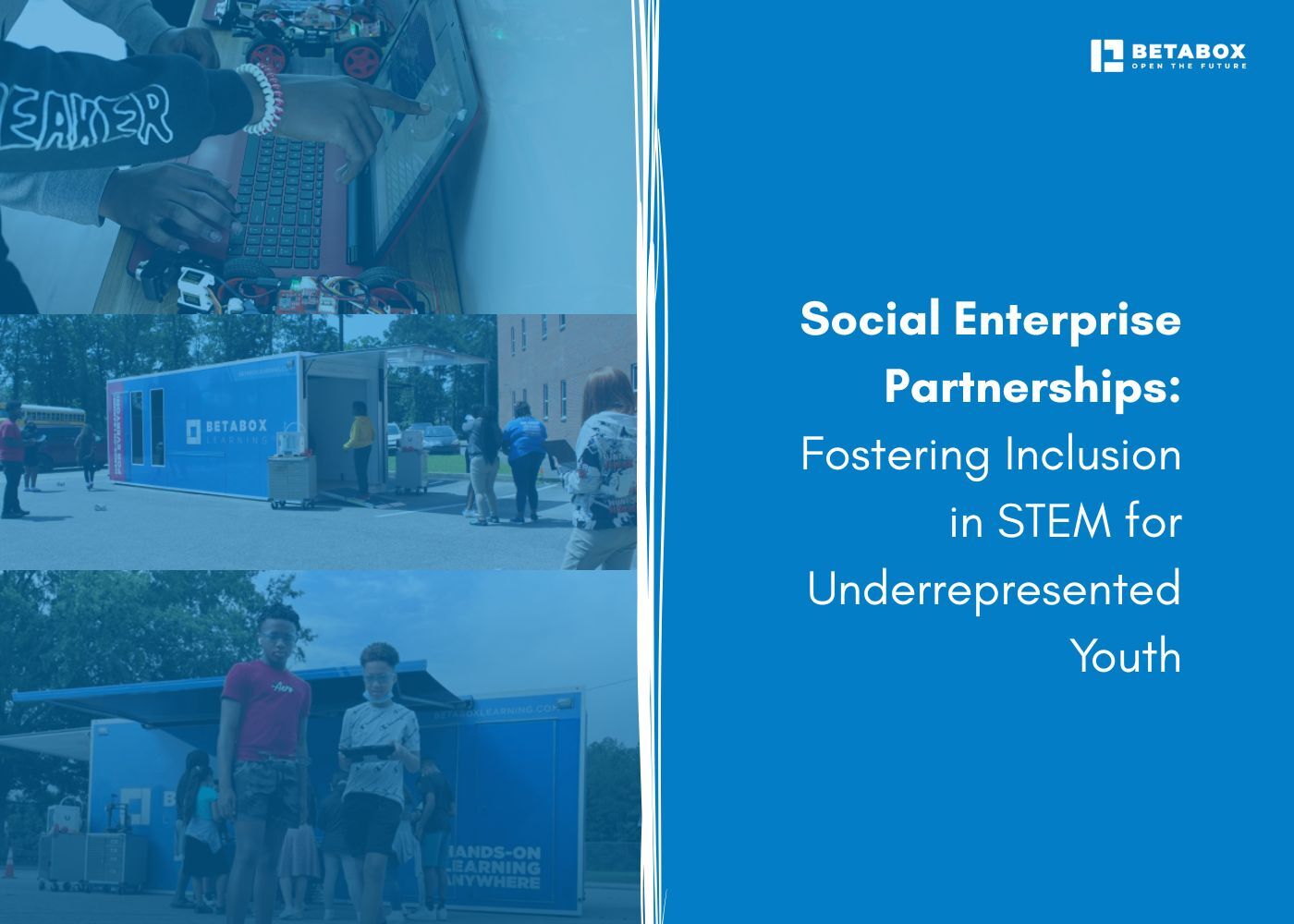

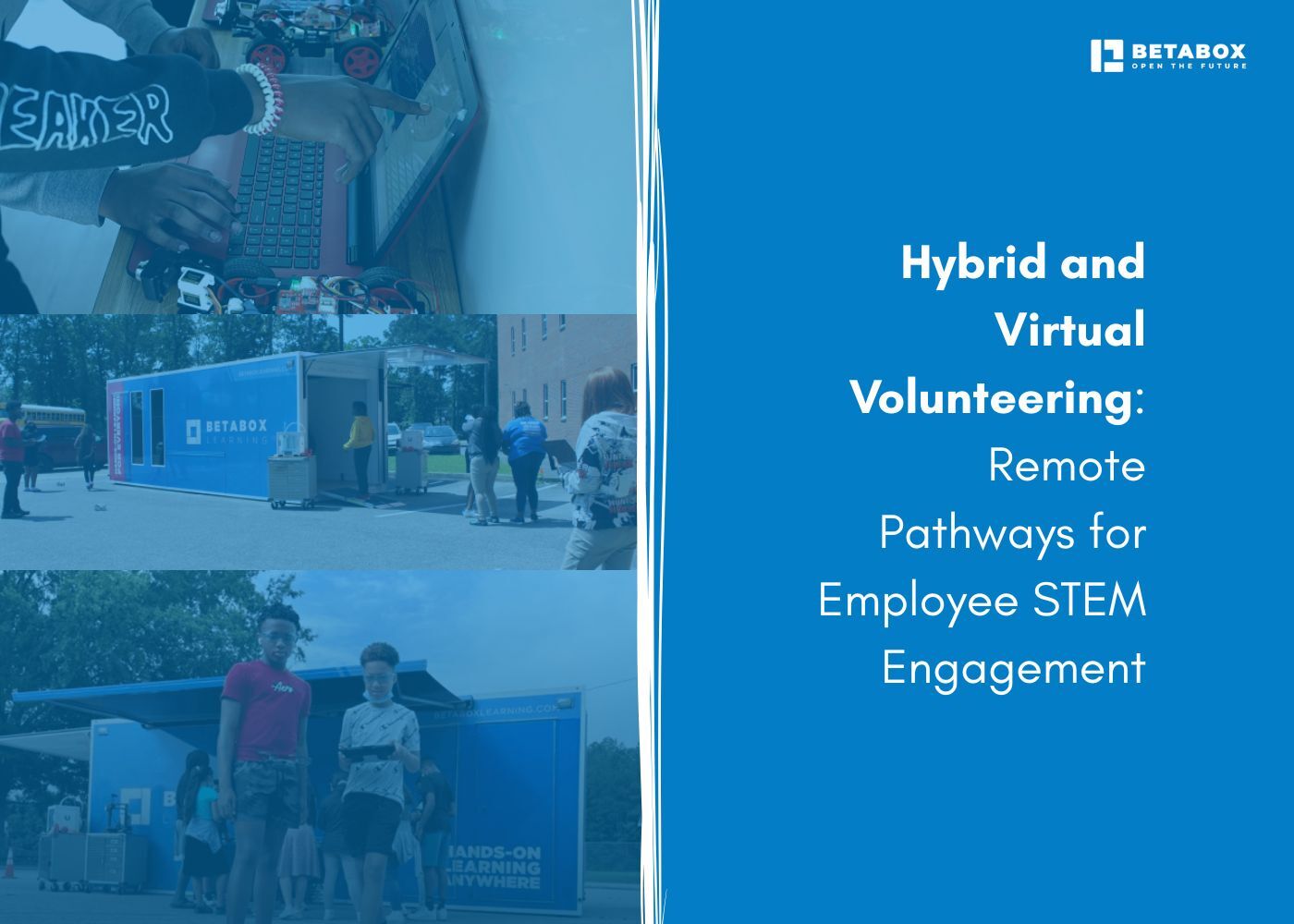

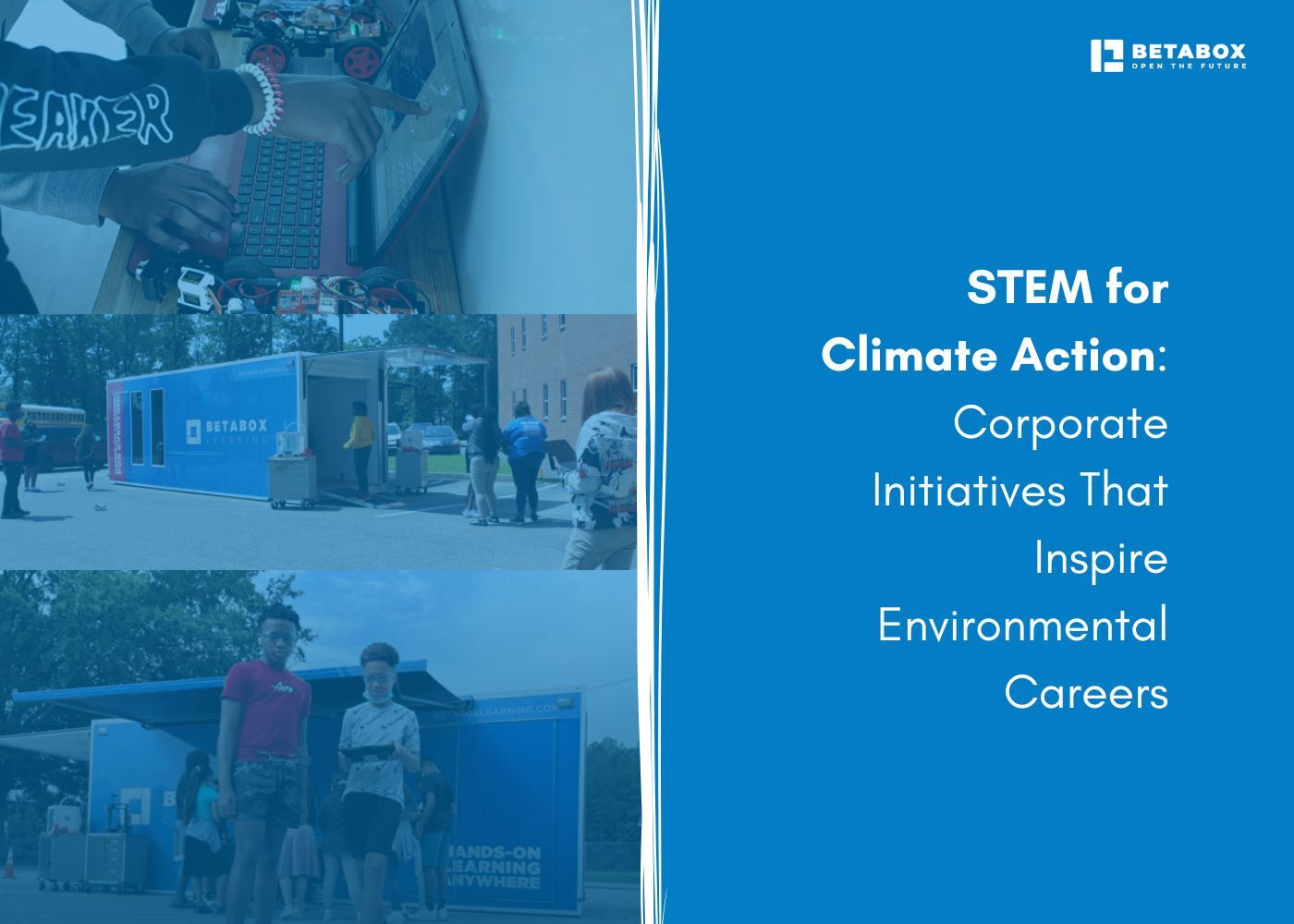



At Betabox Learning, we are passionate about making hands-on STEM curricula accessible to all students.

Join our newsletter to stay in the loop on all things Betabox and the future of STEM education.
By submitting your email address, you agree to our Privacy policy and Terms of Service. You can unsubscribe any time via the link in your email.
© 2025 Betabox. All Rights Reserved
